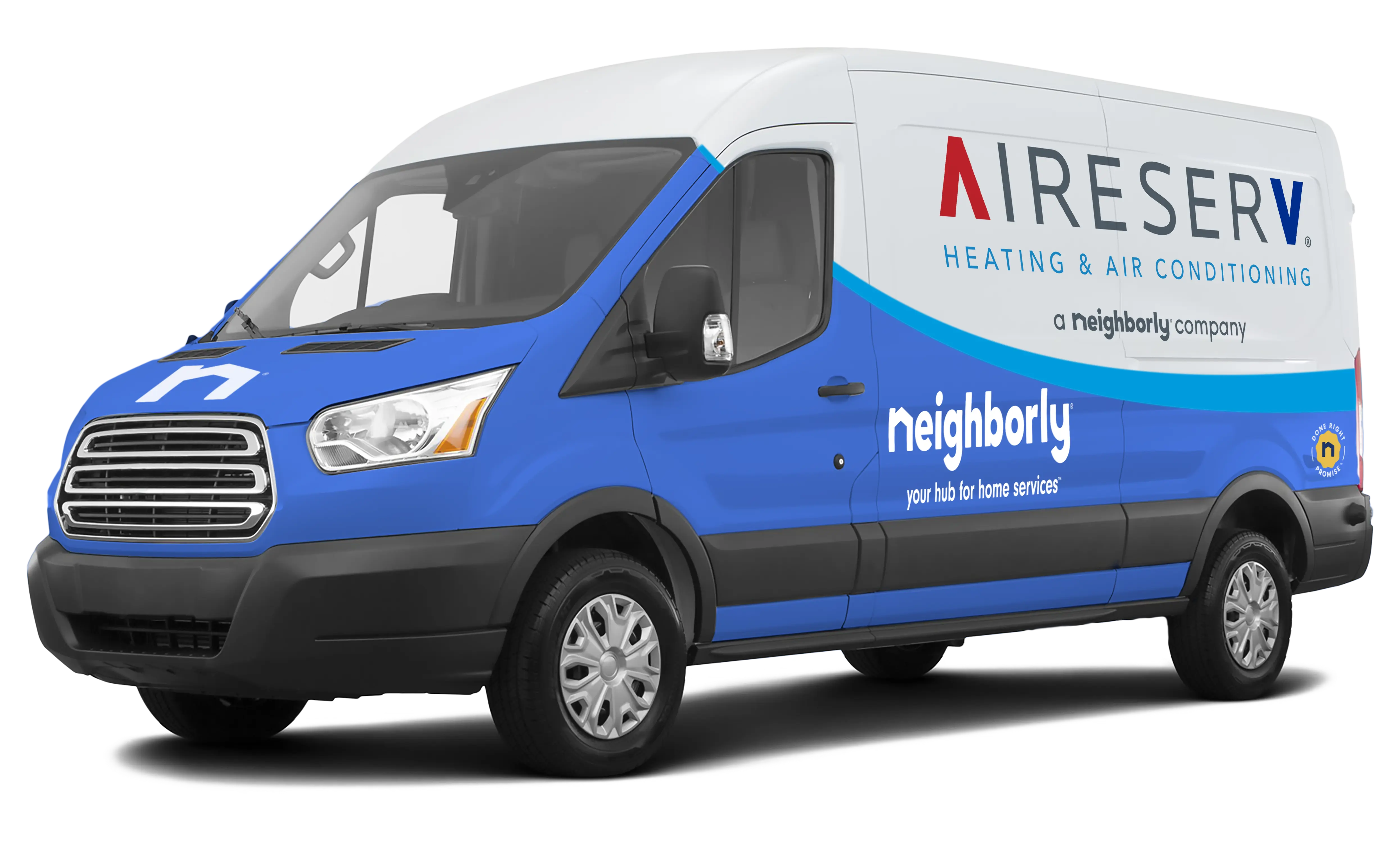As Northeast Ohio homeowners prepare for the colder months, ensuring your furnace is in top condition is crucial. A malfunctioning furnace can lead to uncomfortable indoor temperatures, higher energy bills, or even safety risks. Recognizing early warning signs helps homeowners schedule maintenance before winter arrives, preventing costly repairs and keeping homes warm.
Here are five key indicators your furnace may need attention:
1. Unusual Noises from the Furnace
A properly functioning furnace should operate quietly. Listen for:
- Rattling or banging, which may indicate loose or damaged components.
- Squealing or screeching, often caused by worn belts or motor issues.
- Popping or cracking sounds, which can signal delayed ignition or duct expansion.
Addressing these noises early prevents small problems from escalating into significant failures.
2. Inconsistent Heating or Cold Spots
If some rooms feel colder than others or the furnace cycles unevenly:
- Inspect ductwork for leaks, disconnections, or blockages.
- Check that air vents and registers are open and unobstructed.
- Evaluate thermostat placement and calibration to ensure accurate readings.
Uneven heating can indicate airflow issues or failing furnace components, which reduce efficiency and comfort.
3. Higher Energy Bills
A sudden increase in energy costs can indicate furnace inefficiency:
- Dirty filters and coils reduce airflow and require more energy to heat your home.
- Aging or malfunctioning parts can force the furnace to work harder than necessary.
- Leaks in ductwork allow heated air to escape before reaching living spaces.
Regular maintenance helps restore efficiency, saving energy and reducing monthly bills.
4. Yellow or Flickering Pilot Light
For older furnaces with a pilot light:
- The flame should burn steady blue, not yellow or flickering.
- Yellow flames may indicate carbon monoxide production, a serious safety risk.
- Flickering flames can signal dirty burners or gas supply issues.
If you notice unusual flame color or behavior, schedule a professional inspection immediately. Safety is paramount.
5. Frequent Cycling or Short Cycling
A furnace that frequently turns on and off may be experiencing:
- Overheating, caused by restricted airflow or dirty components.
- Thermostat or control issues, preventing proper cycling.
- Electrical or mechanical failures in the furnace system.
Short cycling reduces comfort, increases wear on parts, and can significantly raise energy costs.
Proactive Furnace Maintenance Tips
To avoid these warning signs or address minor issues early:
- Schedule an annual professional tune-up before the first cold snap.
- Replace air filters regularly to maintain airflow and indoor air quality.
- Keep vents, registers, and ductwork clean and unobstructed.
- Monitor thermostat function and consider upgrading to a programmable or smart model.
Proactive care helps your furnace operate efficiently, safely, and reliably all winter.
Benefits of Early Maintenance
Taking action before winter brings multiple advantages:
- Reliable heating ensures comfort for your family even on the coldest days.
- Energy efficiency saves money on monthly heating costs.
- Reduced repair costs by addressing minor issues before they escalate.
- Safety assurance, particularly regarding gas and carbon monoxide risks.
Early maintenance protects your home and extends the lifespan of your HVAC system.
Final Thoughts
Recognizing the signs of a struggling furnace is crucial for Northeast Ohio homeowners as winter approaches. Unusual noises, uneven heating, rising energy bills, pilot light issues, and frequent cycling are all indicators that your system may need attention.
Scheduling professional furnace maintenance before the cold months ensures your home remains warm, energy-efficient, and safe. By taking proactive steps now, you can enjoy a worry-free winter with reliable comfort throughout your home.

